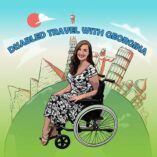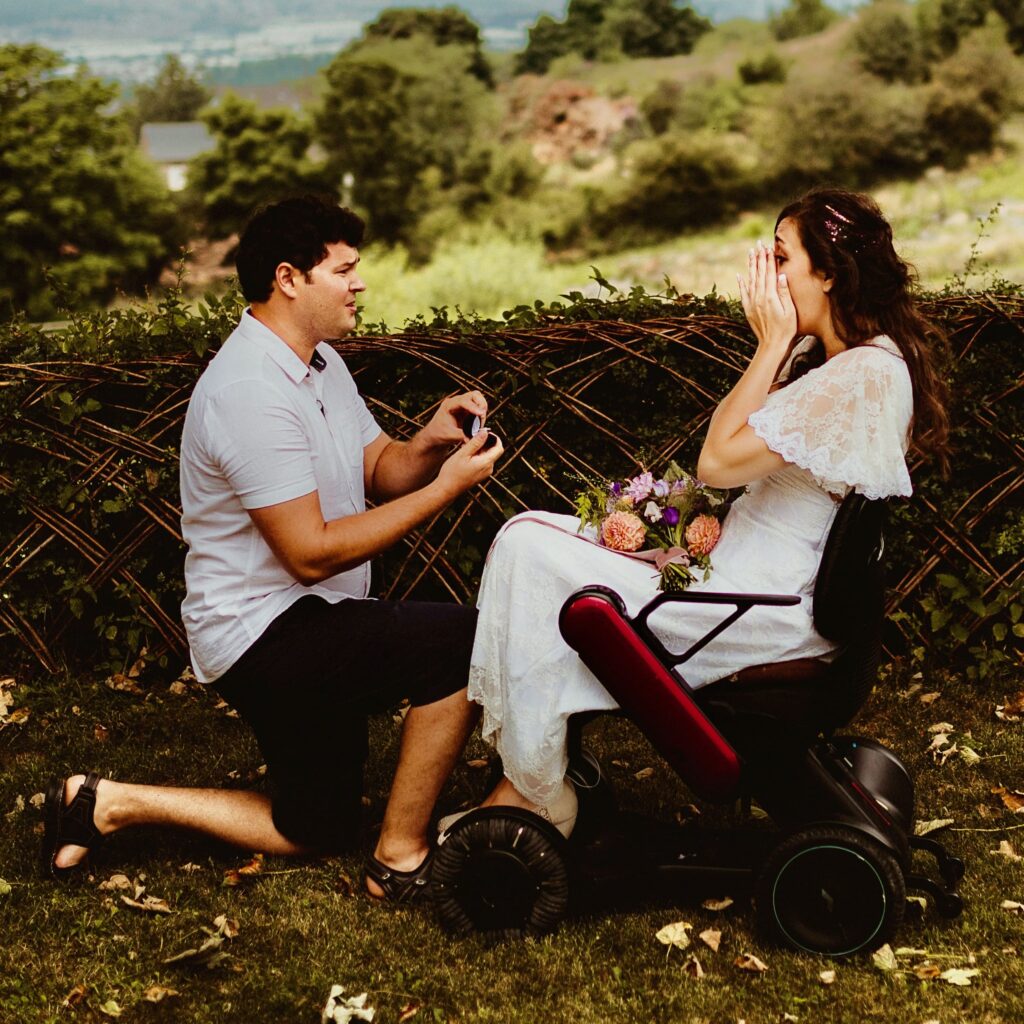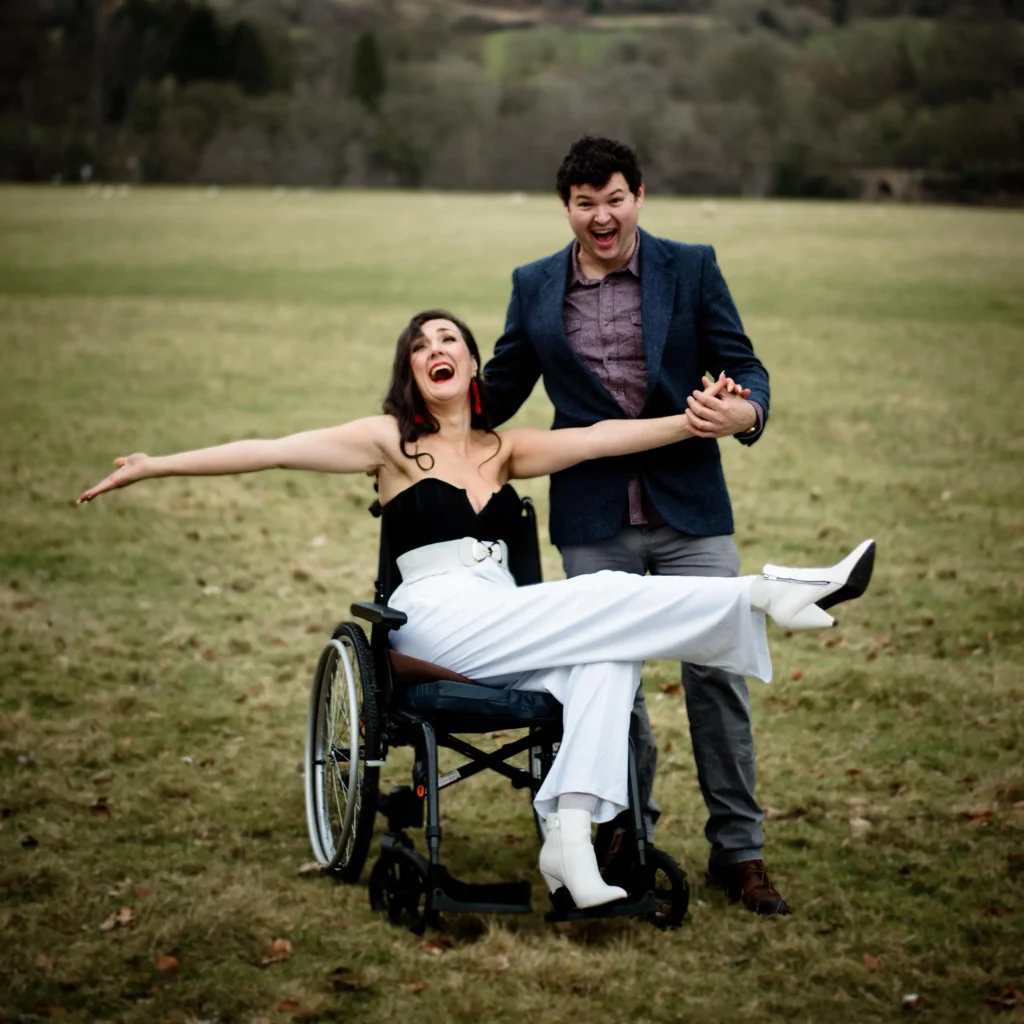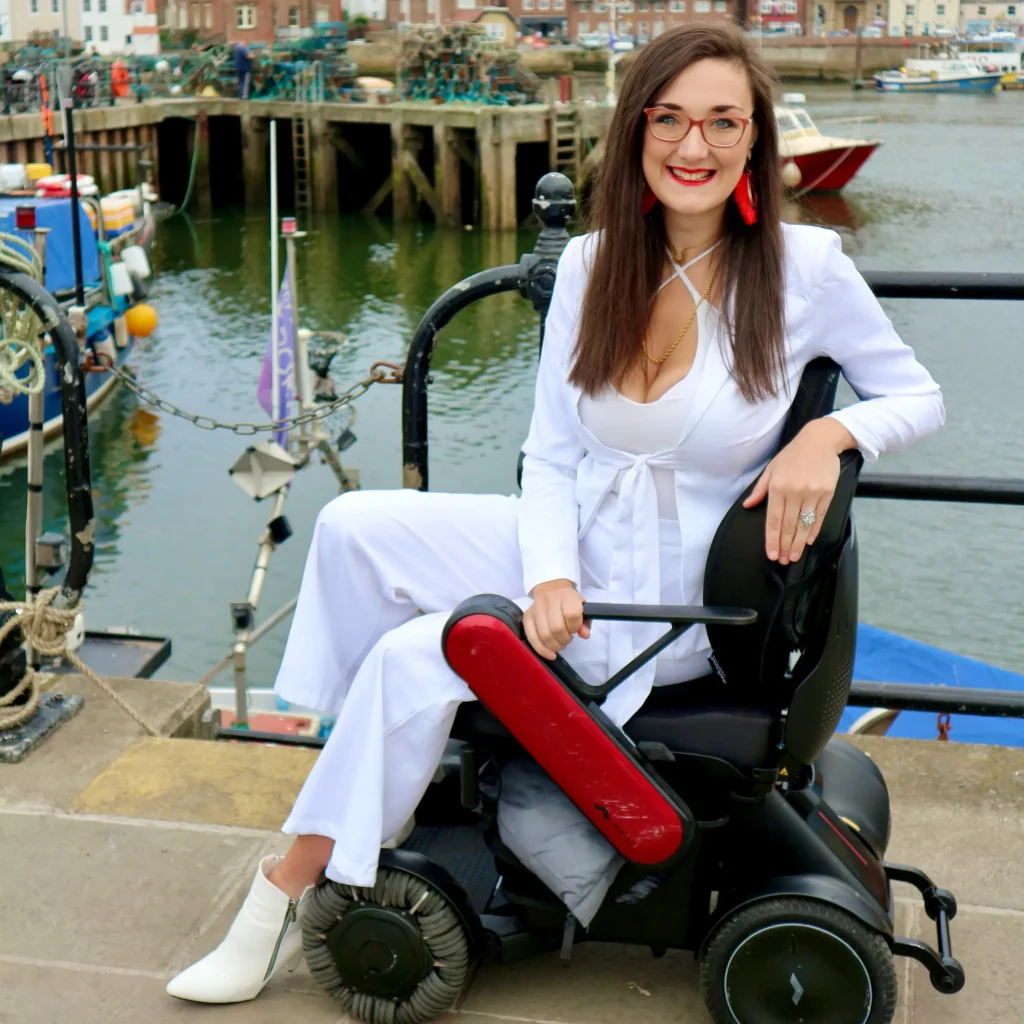Despite my spinal cord injury, I am in many ways a normal 25 year old who loves doing things that people my age (and any age) would enjoy. These activities are often made more challenging through my access requirements but I am not deterred by this. Usually, many of these barriers can be overcome with extensive planning prior to a day out if you are visiting a new place or enjoying a new activity.
This will be a series of blogs on a typical day out shopping as a wheelchair user. I first wanted to deal with all of the activities I go through to actually arrive and park up at the shops. I will be writing a separate piece next week on the difficulties I face when actually shopping and how I overcome these. For today’s blog, I’ve detailed below a few of my “top tips” for enjoying a day out shopping if you’re a wheelchair user. The majority of this will be general tips on how to plan things to make the actual day out shopping a much more enjoyable experience.

1) Pack a bag
Make sure to pack all of your essentials in a bag that you can attach to your wheelchair or have a friend/ carer carry for you. The essentials I pack (alongside the usual such as my mobile and purse) are:
-A wheelchair-friendly bagThis might sound a strange proposition but I have found that many satchel style bags are impractical for wheelchair users but rucksacks can easily hang on the back of most wheelchairs. I can also use the space underneath my WHILL C powered wheelchair to store my valuable shopping essentials as these are so much safer in the basket under my seat if we are going into a highly populated area.
-My blue badgeThis is definitely something you don’t want to forget as it will allow easier access to disabled parking spaces and can often give you access to free or reduced price parking areas so you can save a few pennies there!
-My medicationsThese are particularly essential for me as I can pass out from pain if I don’t take my pain medications regularly.
-A power bankI use the RAV power bank as it allows charging from a three pin conventional UK plug. This means I can take my power chair charger and get an extra boost if I’m doing a full day out shopping in a city centre. My powered wheelchair, the WHILL Model C, has a lithium battery which means it can wheel for around ten miles without losing charge. Plus, I love that the battery display on the WHILL is in a numerical display so it tells me that I have exactly 64% battery charge remaining. I can plan my day much easier through this and know when it is safer for me to head back home!

2) Planning public transportation
I personally travel for the majority of time in the car of my partner, Richard, so I will write about my experiences with car travel in a moment. First, I wanted to share my experiences with various forms of public transportation and my tips as to how to improve your experience here!
-Train travelHowever if you’re heading out on a longer journey by train then you can book wheelchair assistance in advance. This is arranged through ringing the access number on the trainline that you are travelling on or ringing the station that your journey starts at. I would recommend arriving earlier than your specified time for passenger assistance as it occasionally takes station staff a little longer to do things like get the ramp out. The train station staff should carry luggage throughout the station, wheel you to the correct platform (if required) and place a ramp into the train doorway. They will push you up this ramp and wheel you into a designated wheelchair space on the train. If your chair is bulky, you may find this area is relatively tight but my WHILL Model C is very compact so I’ve never had an issue with this.
This designated wheelchair space might not be adjacent to where your travelling companion is sat so, if this is essential to your safety or wellbeing, then I would recommend booking your seats at the same time and as far in advance as possible. I have found that in the few times I have travelled by train, the staff have been very helpful and accommodating to my needs.
-Taxi travelAgain, I would suggest pre-booking this if you are travelling a longer distance. If you are travelling a shorter distance, pre-planning is essential through searching for the best contact numbers for local taxi services that contain wheelchair accessible vehicles in their fleet. Going into as much detail as possible at the time of booking is really important; if you cannot transfer from your wheelchair and need ramped access then specify that! When I travel with my WHILL C, I always make sure to mention that it is a compact powered wheelchair that can easily be disassembled and can fit into the boot of most taxi cars. This may mean that these are more car options available for my taxi journey as it can fit into the car boot of non-adapted larger taxi cars. I love how quickly my WHILL C can be taken apart, particularly if we are in a rush to get to a destination or the taxi driver is impatiently waiting around. My partner, Richard, is really practised at taking the WHILL C apart quickly and, due to all of the components being very lightweight, he can be very speedy at loading the car boot up with the disassembled wheelchair also!
I have never personally had experience with the Uber service although I have heard many mixed review on this service with some cars not being fully adapted, some drivers driving away when they see a wheelchair user and others just stating how expensive the journey was. I don’t have personal experience with this but do exercise caution!
-Bus travelThis is another area that I have very limited experience with. My nerve damage and spinal cord injury causes me significant pain when jolted or moved suddenly so I tend to avoid bus travel as the journey can be very bumpy and drivers often turn or stop suddenly.
I would again suggest ringing the particular bus provider for the route you want to travel on in advance. This will allow you to ask whether the bus on that particular route is accessible for you and your individual needs. I usually find that buses have ramps that extend out so you can wheel onto the bus and pay the driver. These might not sit flush with the pavement so it’s good to travel with a friend or companion should you need help here. Once on the bus, there is a designated wheelchair space but I often find that bus providers combine this with a pram/pushchair space so you may have trouble accessing this if there is a pushchair already on the bus.
Larger bus journeys will require even more planning. National Express and MegaBus both have accessibility sections on their website so you can read about the adaptions on their buses. Concession prices may even be available for you or your carer if you fit certain requirements.

3) Travelling to the shops in a car
A major benefit to my WHILL Model C powered chair is that we don’t have to own an adapted car. We have ramps in our car from a previous, heavier powered wheelchair that I owned in the past but we don’t have to use these when loading the WHILL C into the car. The parts easily come apart and the lithium battery is relatively light and easy to lift in comparison with other chairs! The battery is also aeroplane safe if you are travelling a longer distance (although this is unlikely if you are just going shopping!).
I usually try to plan where we are going to be parking in advance. Having a blue badge is really useful here as you can access disabled parking spaces which have larger areas between cars so your wheelchair can fit directly to the passenger or driver door. Parking regulations can vary widely in each new place and city you visit so I would recommend finding these out before you travel. I usually just Google ‘Blue Badge Parking in …’ and add the location or city that I am travelling to. An example of this is that, when i visited last, you could park in permit holder only zones in Newcastle with a blue badge but this was prohibited in York but you did get unlimited parking time for free in any city council run car park when displaying a blue badge in a disabled parking space. Making time to research in advance can save you lots of money and also allow you to find the parking area that’s most suitable for the activities that you’ve got planned that day.

4) Researching the access of the shops you’re visiting
All of the above may be unnecessary if the shopping centre or city centre shopping location you want to visit is inaccessible for you. Different challenges face different people but I like to check whether I can have step-free access to the shops I want to visit, whether there is a disabled accessible toilet nearby and whether I face any terrain that is difficult for me or my wheelchair such as wet grassy areas or cobblestones.
I think having an awareness of your own access requirements and the capabilities of the wheelchair you’ll be using really helps. I know that my WHILL C has omniwheels on the front of the chair so it pivots and turns really easily. This is important for a shopping location since I can adapt to tight turns within shops or can navigate crowded street areas easily. If I were to use my old powered chair (Marbella) then I would understand that I can’t deal with these situations as easily; plus, it’s bulky and can’t be collapsed so the journey to the shops would be much more difficult too!

Overall, I hope you all have wonderful days out shopping with friends, family or carers. It’s important to have fun days out of the house despite our health challenges and disabilities so make the most of those precious memories!
I’ll be continuing this blog/ vlog series with an explanation of how I would navigate around shops and the challenges that I would face in these situations. If there are any further topics you’d like me to cover then feel free to email me as always on disabledtravelwithgeorgina@gmail.com.
I hope you have all been well recently. Those of you who also follow me on Instagram (@disabledtravelwithgeorgina) know that my health has been particularly poor recently so thank you for bearing with me over the past weeks as my content creation hasn’t been as frequent as usual!







